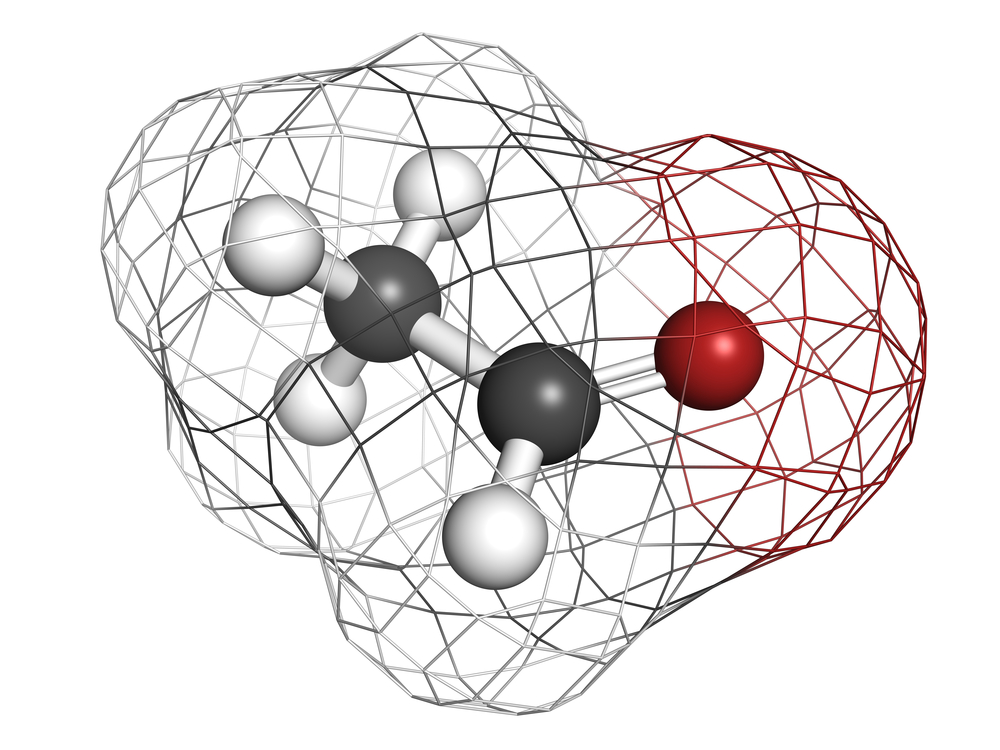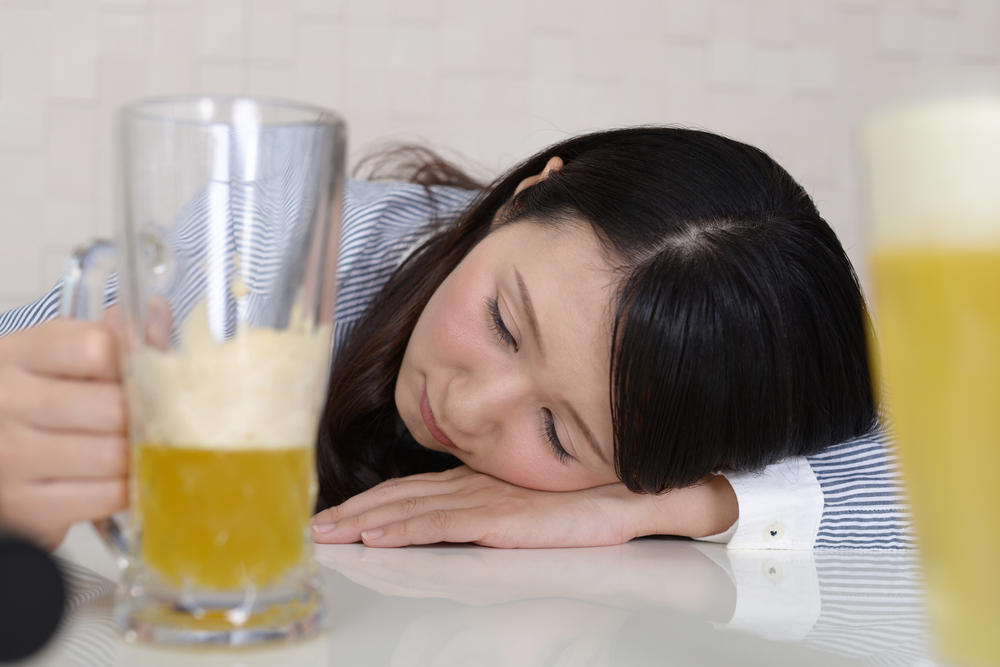Have you noticed your Asian friend turning red after a drink or two (or more) on a night out? I don’t mean just a slight flush of the cheeks; some Asians will go completely red all over when they drink alcohol, coincidentally much like a mat salleh during a tropical summer.
This phenomenon is commonly dubbed Asian Flush, or more accurately, it’s called Alcohol Flush Reaction (AFR). According to research, it happens mainly to East Asians – Japanese, Chinese and Koreans – with 36% of these people of characteristically experiencing AFR. Lower rates have also been reported in Thais, Filipinos, Indians and Taiwanese.
According to research, the flushing is caused by the body’s inability to properly break down alcohol, which might not be useful on a night out. On the positive side, it has been noted that people who experience this reaction may be less prone to alcoholism.
First up, science

The two compounds that are responsible for breaking down ‘liquid courage’ are alcohol dehydrogenase and acetaldehyde dehydrogenase (ALDH2). These enzymes help the body process alcohol as follows:
- Alcohol dehydrogenase converts alcohol into acetaldehyde
- Acetaldehyde dehydrogenase (ALDH2) breaks down acetaldehyde into harmless compounds
At least, that’s how it’s supposed to work. Apparently, 80% of Asians have an overactive alcohol dehydrogenase. This means they are able to break down alcohol into acetaldehyde very quickly – up to 100 times quicker than normal.
Because of that, people with this condition tend to experience little to no ‘buzz’. So if you have a friend with ‘high’ alcohol tolerance and doesn’t get squiffy after just one glass of wine, they can perhaps thank the gods of alcohol dehydrogenase enzymes.
For people with alcohol flush reaction, the problem lies in the second process and a less functional acetaldehyde dehydrogenase enzyme. In affected humans, this gene produces inactive enzymes that are unable to breakdown acetaldehyde into harmless substances.
To sum up, stage one happens too quickly and stage two, too slowly.
This causes a build-up of acetaldehyde in the body which, in turn, causes blood vessels to dilate and the face (and sometimes the whole body) to turn red.
The bigger picture
Red faces, sweaty palms, and racing hearts aren’t the biggest worry and the inability to break down acetaldehyde isn’t merely aesthetic. Acetaldehyde is a chemical similar to formaldehyde. It can cause DNA damage and it is a carcinogen. So, people with alcohol flush reaction are at higher risk of developing esophageal cancer and hypertension compared to those with normal functioning ALDH2 genes.
Like all genes, ALDH2 comes in pairs. Scientists have found that when both ALDH2 genes in a person produce inactive enzymes, the acetaldehyde build up becomes so intolerable that people just don’t drink at all. Ultimately, that’s a good thing.
However, when a person has one gene that produces normal enzymes and another that produces inactive enzymes, they are more tolerant of the built up of acetaldehyde. This means they are more likely to continue drinking alcohol, thus increasing their risk of alcohol-related cancer.
The silver lining
It’s not all bad news though. Some researchers suggest that rates of alcoholism are lower in countries where people have this reaction, probably because the negative side effects puts them off drinking altogether. I wouldn’t want to drink either if the side effect is looking like Pumba after one sip.
In fact, a drug called disulfiram is used in the treatment of alcoholism as it prevents acetaldehyde from being broken down and mimicking the conditions of alcohol flush reaction, albeit quite severely, causing vomiting and other unpleasent symptoms.
Some scientists have theorised that the reason alcohol flush reaction is so common in east Asians is that it has to do with the production of rice. This theory suggests that the genetic mutation that causes the reaction is a process of natural selection that occurred when East Asians began harvesting rice and making rice wine.
How to deal with alcohol flush reaction?
One way to deal with alcohol intolerance is to just not drink at all. Stick to coffee, tea, juice and mocktails – or, best of all, just water. But where’s the fun in that, right? If you suffer from this unfortunate ailment, there are some things you can do that don’t involve abstinence:
- Choose drinks with lower alcohol content. Stay away from hard liquor. Instead, try beer, wine coolers, sparkling wines, and lighter wines with less than 12% alcohol content.
- Eat before and / or while you drink. Fatty and carb-heavy foods like cheese, pizza, seeds, and bread can prevent alcohol from entering the small intestines too quickly, causing a slower alcohol absorption rate.
- Alternate with water / non alcoholic drinks. Alcohol is a diuretic, meaning it makes you thirsty. Instead of ‘quenching your thirst’ with more alcohol, have some non-alcoholic drinks instead to refuel before continuing.
- Do not binge on alcohol. Limit yourself and don’t go crazy when you drink.
So, the next time you see a friend turn tomato-red after one glass of booze, perhaps tell them to go easy on the sauce and buy them a slice of pizza.
Personally, I’m happy that I don’t have this mutation. I’d find it terribly difficult to give up wine and Bailey’s. But that doesn’t mean that us non-flushers can happily make our way to the bottom of bottles with no consequences. Excess of alcohol, whether by genetic mutation or not, can be very bad for you. So like everything in life, moderation is key.
"ExpatGo welcomes and encourages comments, input, and divergent opinions. However, we kindly request that you use suitable language in your comments, and refrain from any sort of personal attack, hate speech, or disparaging rhetoric. Comments not in line with this are subject to removal from the site. "



















Becos it takes VERY little alcohol to turn them on!
Victoria Tran Thanh Who needs blush when you have Asian glow